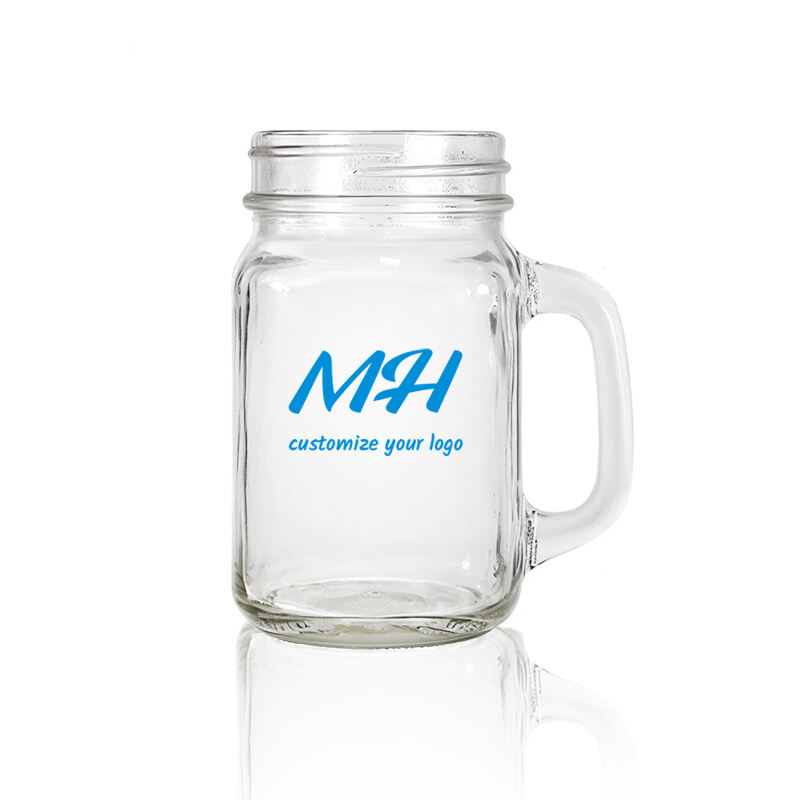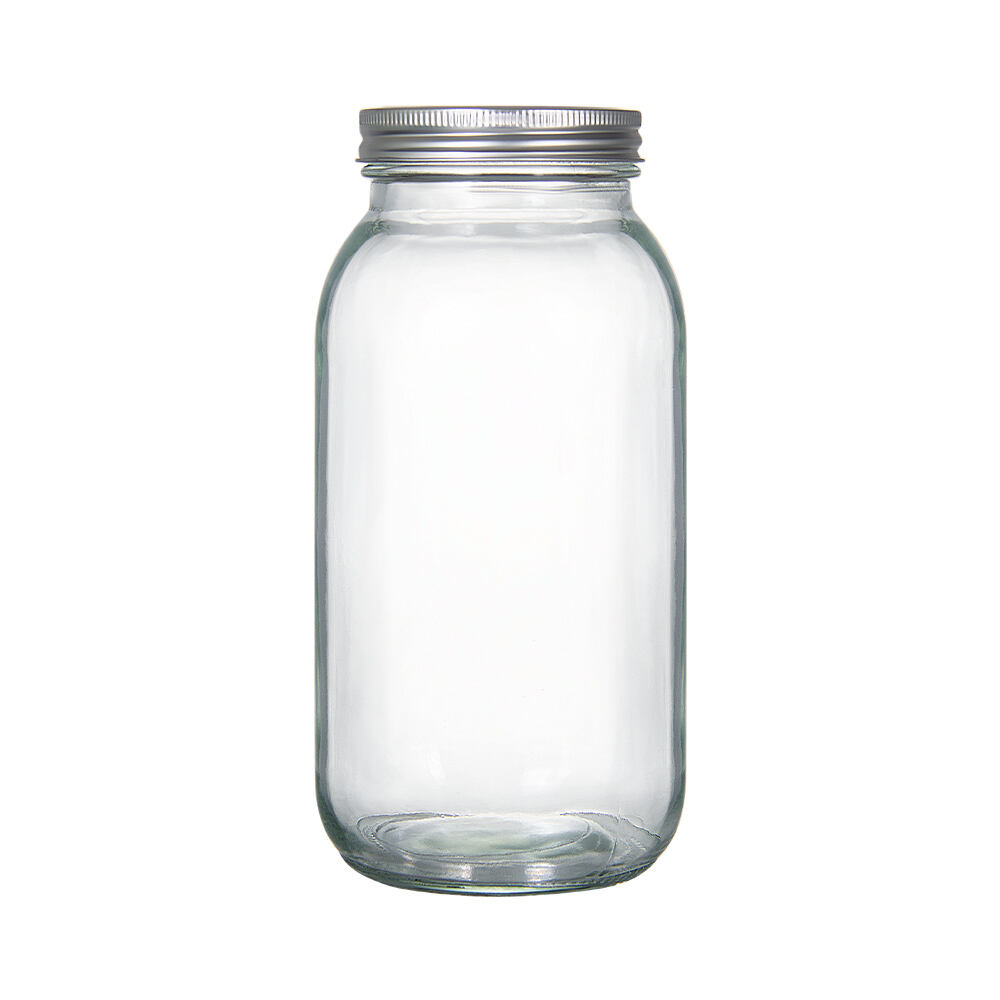Properly storing pickled foods in airtight jars is essential to prevent spoilage and maintain freshness. This article covers the best practices for safe storage, including selecting a high-quality jar, fully submerging the pickles in brine, and keeping the jar in a cool, dark place. It emphasizes the importance of hygiene, regular checks, and consuming pickled foods within their shelf life. The article also provides answers to common questions about pickling, highlighting its benefits, precautions, and alternative storage methods. Additionally, it includes a detailed table of common specifications for glass pickle jars, making it a practical guide for both beginners and seasoned preservers.

How to Store Pickled Vegetables in Airtight Jars Without Spoiling Them
1. Choose the Right Jar
Start with a jar that seals tightly. The lid should fit snugly to prevent any air from getting in, much like closing a water bottle to keep it from leaking.
2. Pack the Vegetables
Place your pickled vegetables into the jar. Ensure the pickling process has made them sufficiently salty or acidic, as this creates an environment where bacteria struggle to grow—similar to how a saline rinse can kill germs.
3. Submerge in Pickling Brine
Make sure the vegetables are fully submerged in the brine, just like fish swimming in water. This keeps air away from the vegetables, reducing the risk of spoilage.
4. Store Properly
Keep the jar in a cool, dry, and dark place, much like you’d store ice cream in the freezer to prevent it from melting.
5. Check Regularly
Periodically inspect the jar to ensure the lid is tightly sealed and the pickles remain fresh. If you notice unusual colors or unpleasant odors, discard the contents immediately.

Is This Safe?
Storing pickled foods in airtight jars is generally safe when you follow these precautions:
- Stay Clean: Wash your hands, jars, and utensils thoroughly to avoid contamination.
- Don’t Store Too Long: Consume pickles before they lose quality or become unsafe.
- Listen to Experts: If advised against eating your pickles, it’s best to err on the side of caution.

Common Specifications for Glass Pickle Jars
| Specification | Details |
|---|---|
| Material | High-quality food-grade glass, BPA-free |
| Capacity | 250ml, 500ml, 750ml, 1L, 1.5L, 2L, 3L, 4L |
| Shape | Round, square, hexagonal, or custom shapes |
| Lid Options | Airtight metal lids, plastic lids, bamboo lids, cork lids |
| Sealing Mechanism | Silicone gaskets for airtight sealing |
| Customization | Colors, logos, shapes, and printed designs available |
| Thickness | 2mm–5mm depending on durability requirements |
| Finish | Clear, frosted, or colored glass |
| Packaging | Individual boxes, bulk cartons, or custom packaging available |
| Usability | Dishwasher-safe, freezer-safe |
| MOQ (Minimum Order Quantity) | 1000 pieces for ready stock, 3000 pieces for custom designs |

FAQs
1. Why Pickle Foods?
Pickling enhances flavor and extends the shelf life of food. It allows you to savor seasonal produce all year long while reducing waste.
2. What Are the Benefits of Pickled Foods?
- Extended Shelf Life: Pickling helps food stay fresh longer.
- Unique Taste: The tangy and salty flavor is loved by many.
- Nutritional Boost: Some pickled foods, like kimchi, are rich in vitamins and probiotics.
3. What Should I Watch Out for When Pickling?
- Don’t Overdo It: Pickling too long can make food overly salty or sour, which may be unappetizing or unhealthy.
- Hygiene Is Key: Keep everything clean to prevent bacteria growth.
- Eat in Moderation: While tasty, pickled foods are often high in salt or acid, so consume responsibly.
4. Are There Alternatives to Airtight Jars?
Yes! Glass bottles, ceramic jars, or vacuum-sealed bags are also great for storing pickled foods. The key is ensuring the container is airtight and made from safe, food-grade materials.
5. What Types of Pickled Foods Are Popular?
The variety is endless—kimchi, sauerkraut, pickles, radishes, cured meats, and sausages are just a few examples. Each offers unique flavors and preparation methods, so try making your own to discover your favorite.
 EN
EN AR
AR BG
BG HR
HR CS
CS DA
DA NL
NL FI
FI FR
FR DE
DE EL
EL HI
HI IT
IT JA
JA KO
KO NO
NO PL
PL PT
PT RO
RO RU
RU ES
ES SV
SV TL
TL IW
IW ID
ID LV
LV LT
LT SR
SR SK
SK SL
SL UK
UK VI
VI HU
HU TH
TH TR
TR FA
FA GA
GA LA
LA MI
MI MN
MN










